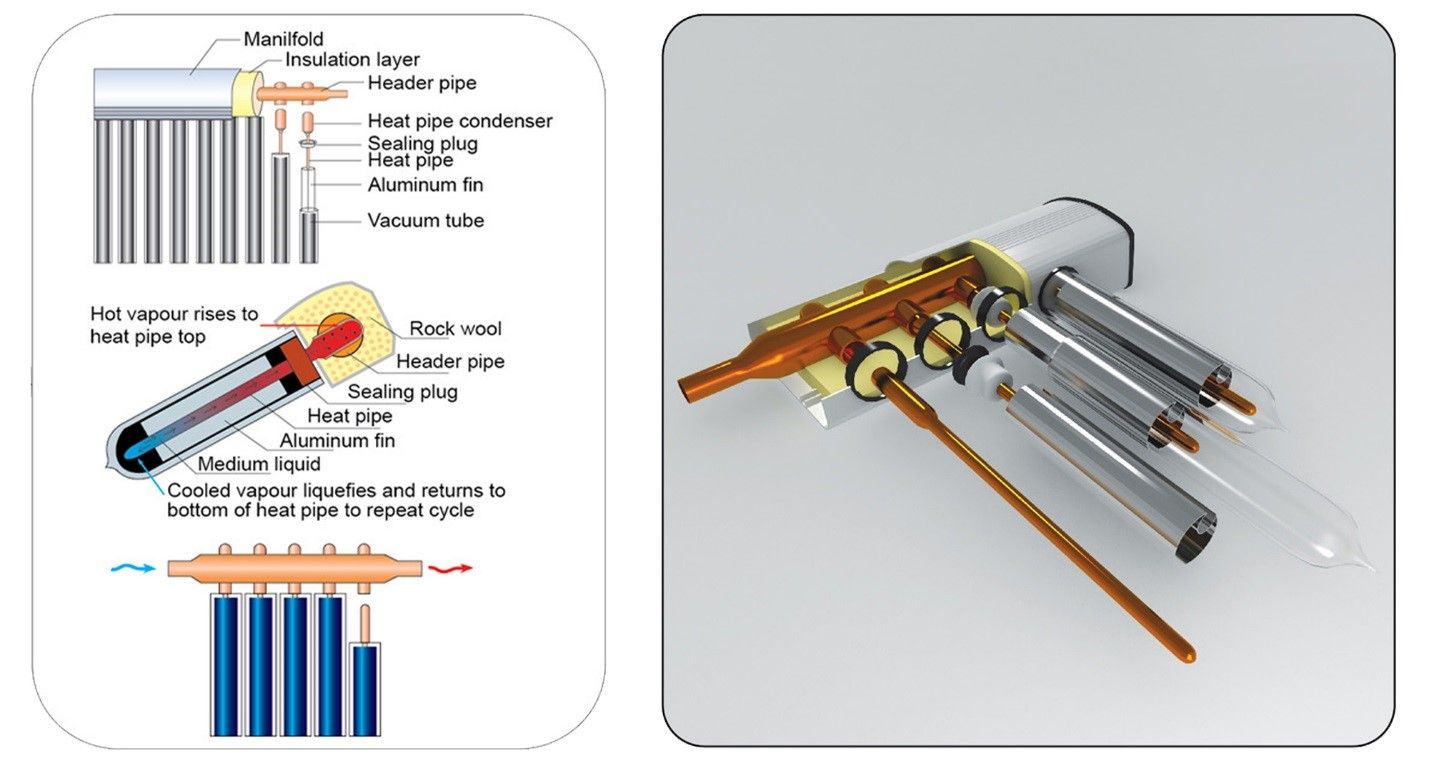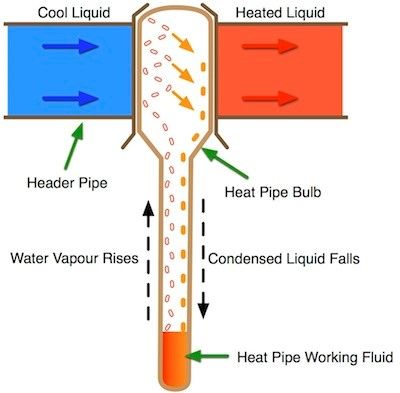Solar Vacuum Tubes with Heat Pipes – How They Work
Lap top with heat pipe
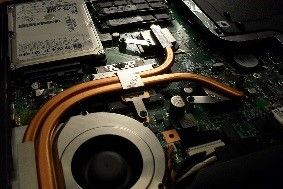
So how do these two technologies work in solar water heating? Let’s start with the Solar Vacuum Tube or also known as evacuated tubes. The vacuum tube is made of Borosilicate glass which is very low in iron and as such lets through more solar radiation than ordinary glass, it is also very strong. The glass tubes are manufactured in the same way a thermos is made, there is an outer glass layer and an inner glass layer. In between the air has been removed or “evacuated” to form the vacuum. Because there is no air inside there is no way to transfer heat to either side. The inner glass tube is coated with a patented 3-layer process of copper, aluminum and aluminum/Nitrogen layer. It is these selective coatings that are responsible for the performance of the tube as they absorb and transfer the suns heat radiation. Because there is a vacuum in between the heat cannot escape back out making these tubes 97% efficient. During manufacturing of these tubes a barium getter is installed to absorb any gasses to ensure the vacuum is maintained. This getter also is used to signal the integrity of the vacuum compromised. If a tubes vacuum is broken the barium getter will cause the metallic coating on the bottom of the tubes to turn white indicating a replacement is required. See below image.
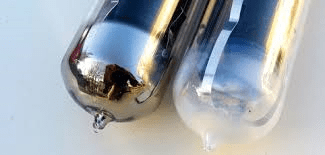
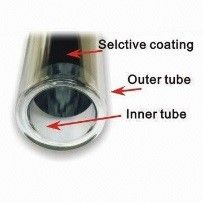
Make up of Vacuum Tube
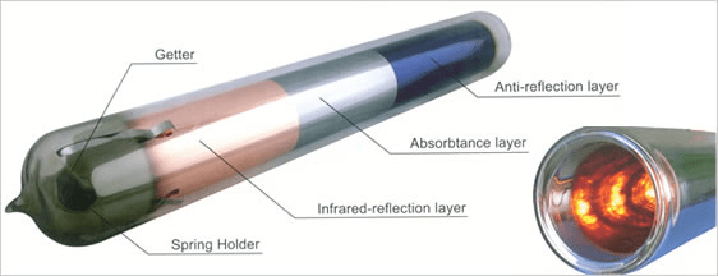
Once the sun’s heat energy is absorbed by the selective coating, the energy is then transferred to a center heat pipe through an aluminum fin that wraps around the inside of the vacuum tube making full contact with the selective coating. In the center of the aluminum fin is a copper heat pipe. The heat pipe is a long tube that runs the entire length of the vacuum tube. In this pipe is a small amount of liquid in its hollow interior. The inside of this copper heat pipe is also under a vacuum but this vacuum does something different than the vacuum in the evacuated tube. Because of this vacuum the liquid boils at a temperature of approx. 30 degree C (86 F). This is the main principle behind heat pipe technology. Water under vacuum boils at a lower temperature compared to sea level, and water under pressure boils at a higher temperature.
When the heat pipe warms up, the liquid is quickly heated inside the tube and turns to steam. This steam rises up the tube until it reaches a condenser bulb where its heat is transferred to the solar heating fluid through a heat exchanger inside the manifold. In the condenser bulb the steam loses its energy and turns back to liquid. Gravity causes the liquid to flow back down the inside wall of the interior heat pipe and the cycle is repeated.
The copper heat pipes in each tube are inserted into a copper sleeve within a sealed manifold. This heat is transferred to the solar heating liquid indirectly through conductivity. So in this way the manifold is independent of the heat pipe and no leakage can occur even if the heat pipe is removed. The manifold is heavily insulated and within the copper manifold is a small sleeve that a temperature sensor is inserted. In this way the internal temperature of the heating fluid is relayed back to the digital controller. If the temperature is greater in the collector than the water in the tank or pool, then the controller signals the pump to turn on and circulate the heating fluid. In the evening when the sun goes down, the manifold will cool off to the point where its temperature is less than the water or pool and this will signal the pump to stop.


